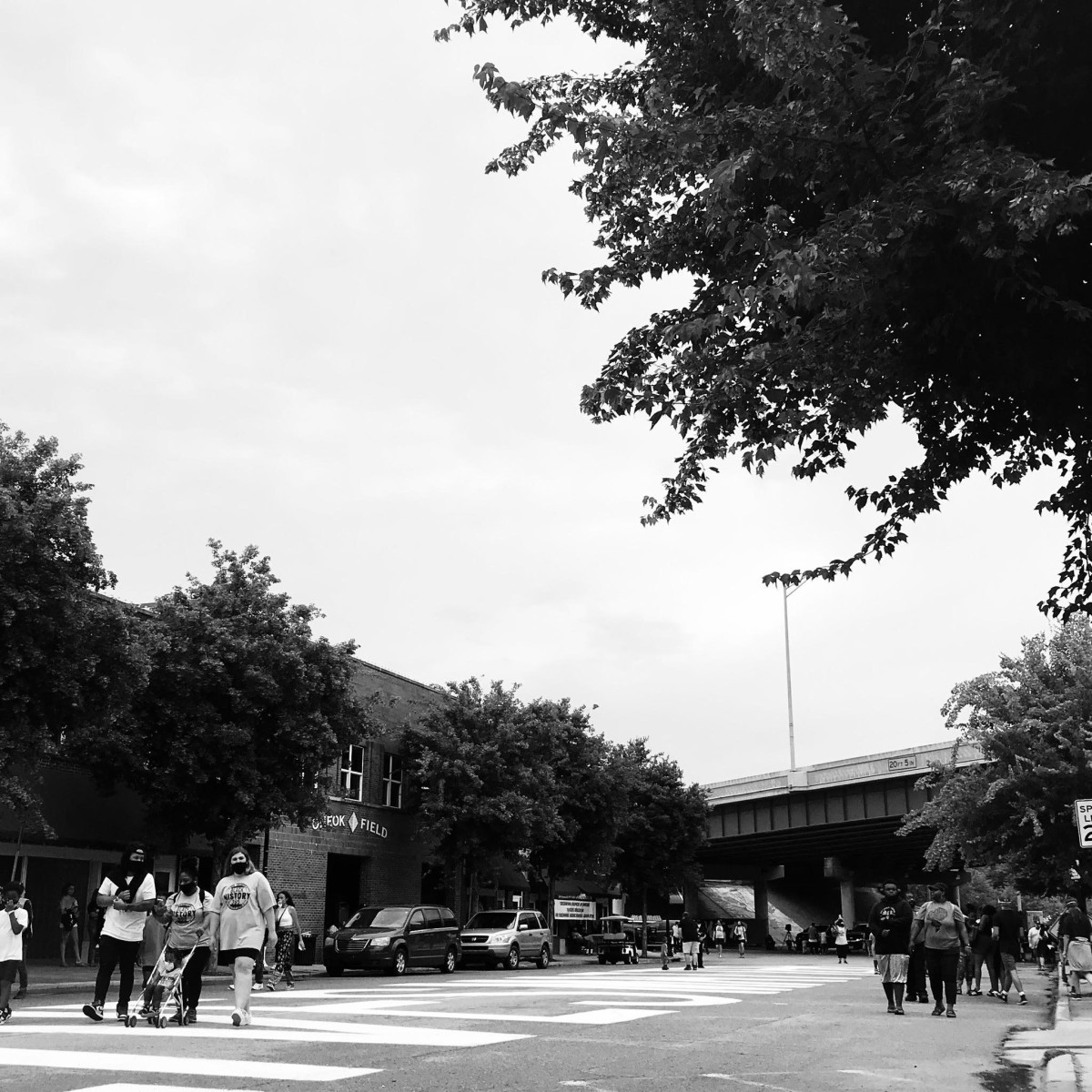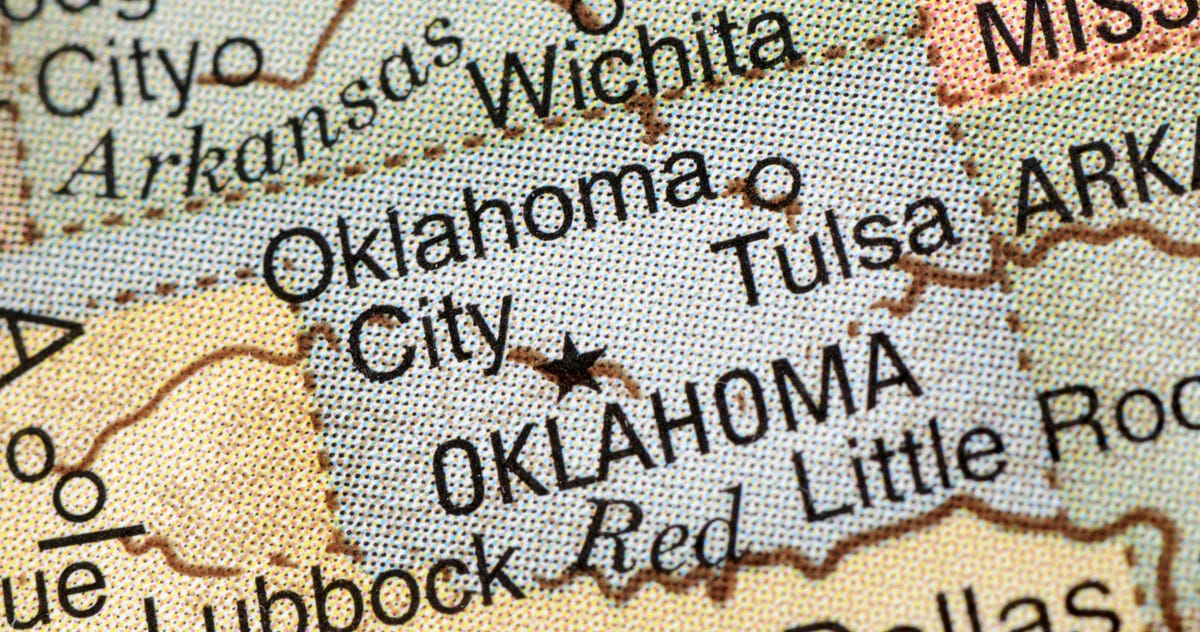5fish
Well-Known Member
- Joined
- Jul 28, 2019
- Messages
- 10,692
- Reaction score
- 4,551
Yes, there were other Black Wall st. around America. There were ones in Richmond, Cincinnati, and other places and all died out. We now know about Tulsa which was put to the torch but the others died out do you red lining, Highways and urban renewal...
Here is a link to Cincinnati's Black Wall st. Maybe @O' Be Joyful may know more... Click the link...
snip...
Our black wall street was taken away from us. Disregarding whether one supports a black-owned community or not, it is still sickening to see the deprived state of Lincoln Heights today compared to what it used to be. Although, Lincoln Heights wasn’t burned to the ground like Greenwood in Tulsa, Oklahoma, red-lining and racial separation certainly devastated what was once a prosperous community.
Here is a link to Cincinnati's Black Wall st. Maybe @O' Be Joyful may know more... Click the link...
snip...
Our black wall street was taken away from us. Disregarding whether one supports a black-owned community or not, it is still sickening to see the deprived state of Lincoln Heights today compared to what it used to be. Although, Lincoln Heights wasn’t burned to the ground like Greenwood in Tulsa, Oklahoma, red-lining and racial separation certainly devastated what was once a prosperous community.
Last edited:





